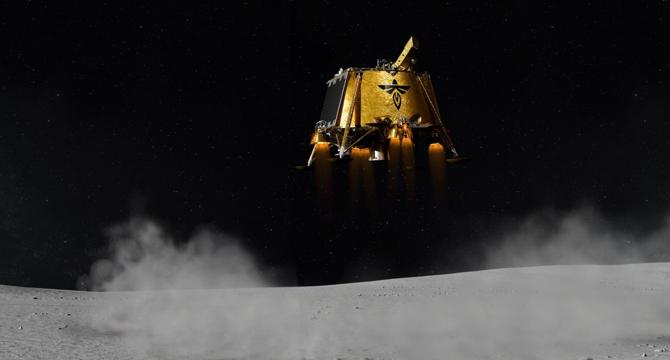Digitaltrends
1M
287

Image Credit: Digitaltrends
‘Quite frankly terrifying’: how Firefly’s Blue Ghost engineers are preparing to land on the moon
- Firefly Aerospace is preparing to land its Blue Ghost spacecraft on the moon's surface, a challenging feat due to the lack of landing aids and manual control.
- The pressure is high as Firefly aims for a successful soft landing, following the example of the Intuitive Machines Odysseus lander's less-than-perfect landing.
- The Blue Ghost team, led by Kevin Scholtes, relies on autonomous engineering during the critical moments of descent due to communication delays with the moon.
- Navigating the moon's surface without GPS poses challenges in determining location and speed accurately, requiring internal visual recognition of features.
- Selecting a safe landing spot involves advanced technology like terrain relative navigation and hazard avoidance to identify obstacles like boulders.
- Blue Ghost's crushable honeycomb legs help absorb impacts during landing, alongside laser altimetry and acceleration data for precise descent.
- The private moon mission by Firefly coincides with others like Intuitive Machines and ispace, aiming to inspire renewed interest in lunar exploration.
- Collaboration among competing companies and NASA's CLPS program promotes sharing of information and mutual support for successful lunar missions.
- The challenging nature of lunar landings and the 'terrifying' audacity of attempting such feats demonstrate the ambition and determination of the teams involved.
- As Firefly Aerospace's Blue Ghost spacecraft prepares for its lunar landing, the team faces nerve-wracking anticipation and rigorous preparations for this significant milestone.
Read Full Article
17 Likes
For uninterrupted reading, download the app